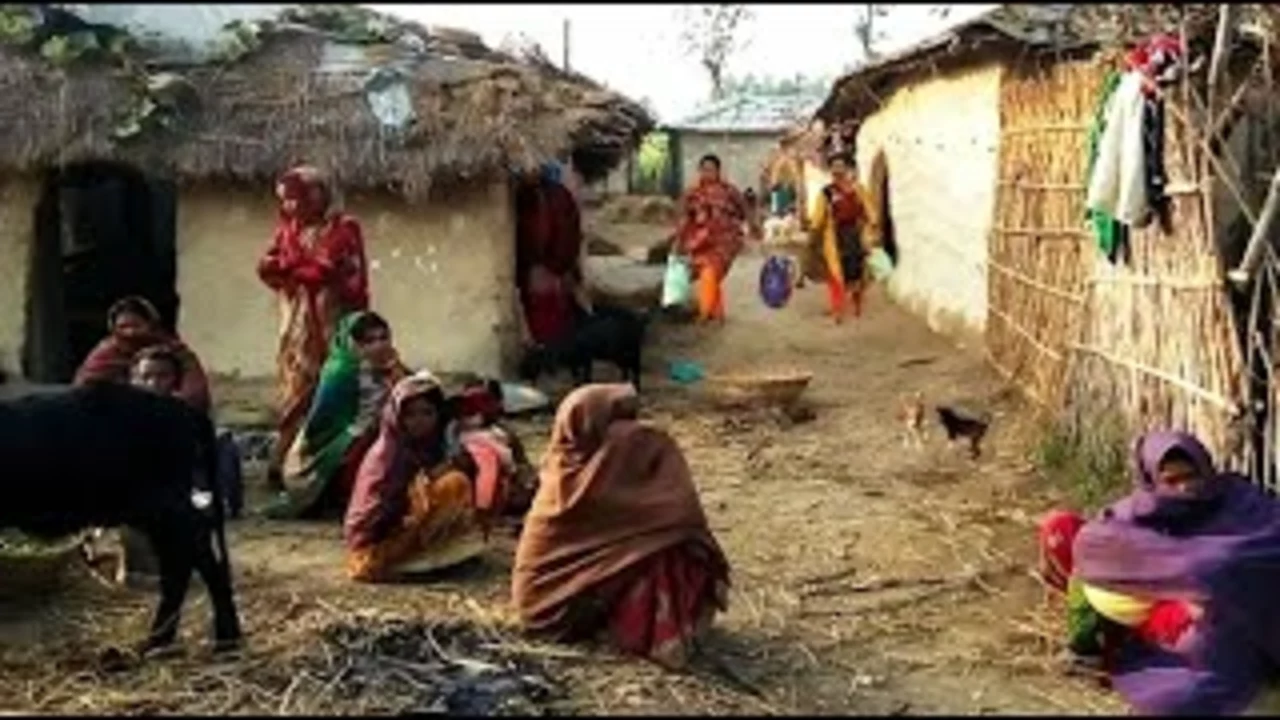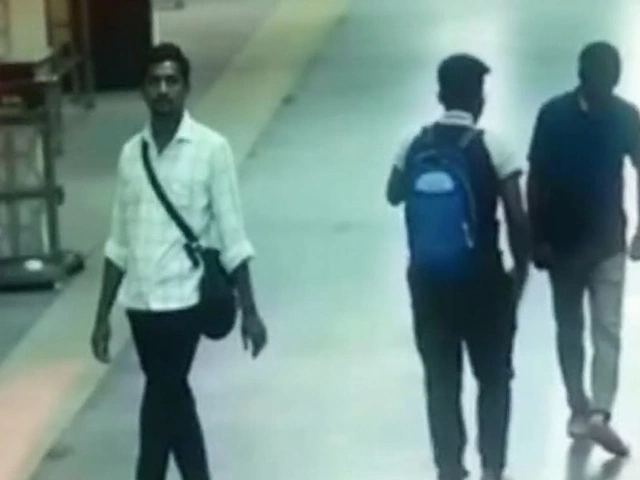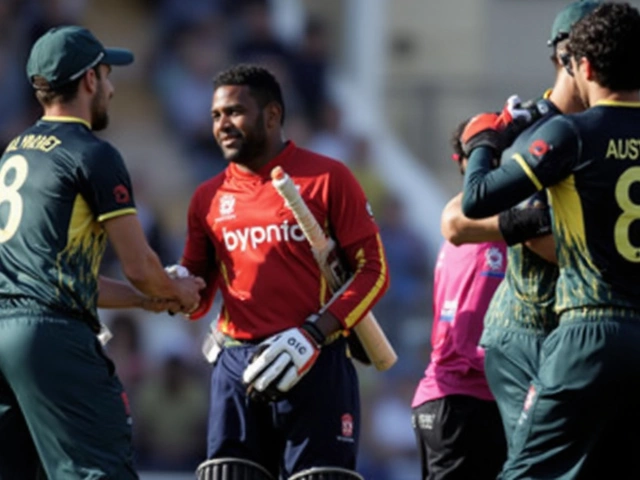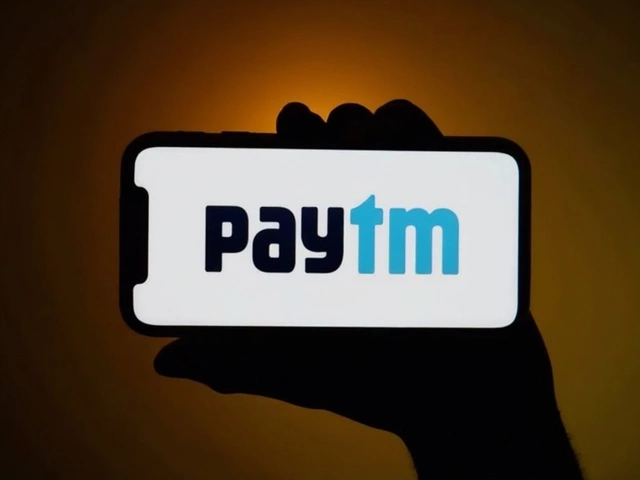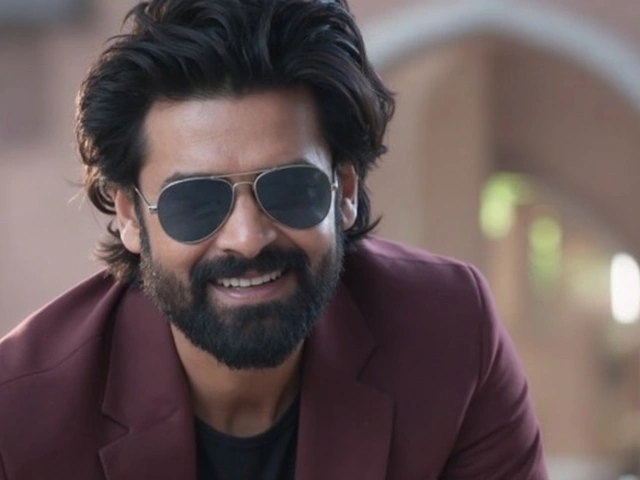Cultural Influence: Real Stories That Shape What We See, Hear, and Feel
Ever wonder why a movie teaser can spark a nationwide debate or why a rain alert feels like a social event? That’s cultural influence at work. It’s the way news, entertainment, and even weather updates slip into our daily talks, shape opinions, and move communities. On this page we break down a handful of recent stories that show exactly how media and events steer the cultural conversation in India.
Movies and Social Dialogue
The Tamil film Bad Girl launched a storm when its teaser portrayed a Brahmin girl in a controversial light. Director Mohan G called out producers Vetri Maaran and Anurag Kashyap, saying the clip could hurt community sentiments. Actors like Shanthi Priya jumped in, calling the film a conversation starter rather than an attack. This clash illustrates how a single trailer can ripple through social media, spark protests, and force filmmakers to think about cultural sensitivities before releasing content.
Another example is the buzz around big‑screen events like the IPL 2025 opener. The KKR vs RCB match at Eden Gardens fell under an IMD orange alert, raising questions about safety, scheduling, and fan experience. Sports aren’t just about scores; the weather alert turned the game into a talk‑point about climate preparedness and crowd management, showing how sports intersect with public policy and cultural expectations.
Festivals, Holidays, and Everyday Life
Bank holidays for Janmashtami on August 25, 2025, gave families a chance to pause, but also highlighted digital banking’s role in keeping commerce alive. While brick‑and‑mortar branches shut, people still used UPI and ATMs, blending tradition with technology. Similarly, Narali Purnima in Maharashtra brought coastal communities together to offer coconuts to Lord Varun, marking the end of monsoon. The ritual blends ancient belief with modern environmental awareness, showing how festivals evolve while preserving core cultural values.
Weather updates themselves have become cultural moments. When Delhi’s heat index spikes to a feels‑like 45 °C, social media floods with tips on staying cool, and local vendors see a surge in ice‑cream sales. In Kolkata, a depression caused waterlogging, prompting civic teams to run pumps and residents to share alternate routes. These weather stories aren’t just forecasts; they become shared experiences that shape how people talk about their cities.
Even sports stories like India women’s cricket crushing Sri Lanka in the Servo Cup final turn into cultural pride moments. Smriti Mandhana’s century not only secured a win but also sparked celebrations across social media, inspiring young girls to pick up a bat. The victory dovetails with broader conversations about gender equality in sports and how success can shift cultural narratives.
All these examples—movie controversies, festival rituals, rain alerts, and cricket triumphs—show that cultural influence is a two‑way street. We consume stories, but we also react, share, and sometimes change the story itself. Keep an eye on the headlines, because every new post, tweet, or weather bulletin adds another layer to the cultural fabric we live in.
Why are most Indians stuck in living a routine life?
Wowza, isn't it funny how most of us Indians seem to be running on the same treadmill every day, stuck in the same old routine? Well, it's mostly due to our cultural upbringing that emphasizes stability, security, and playing it safe. We're like Indian food, spicy and diverse, but stick to our traditional recipes. Not to forget, societal pressure to conform and fear of failure also keep us in our comfort zones. But hey, who knows? Maybe our love for masala tea is secretly a sign of our longing for a less predictable life!
